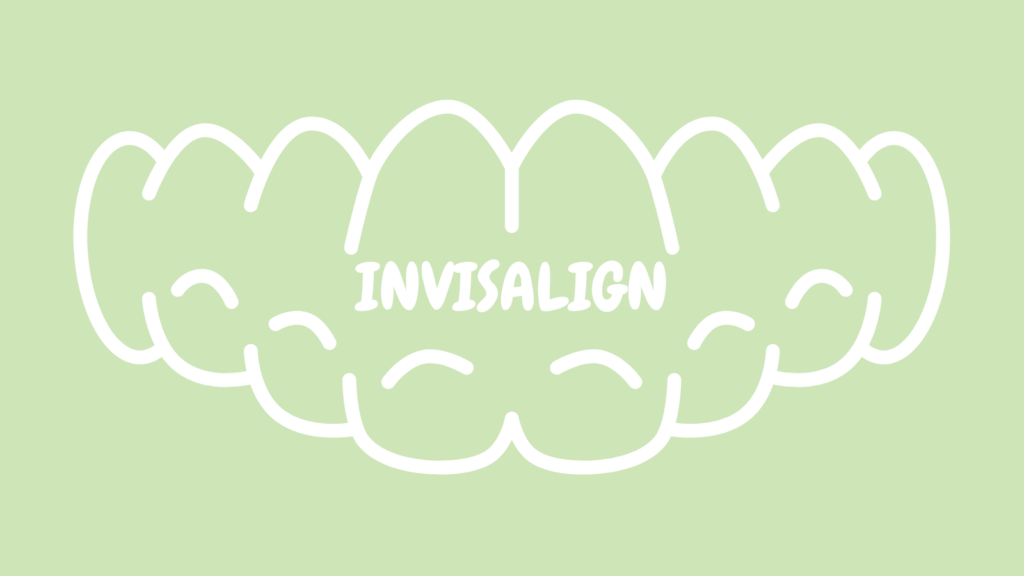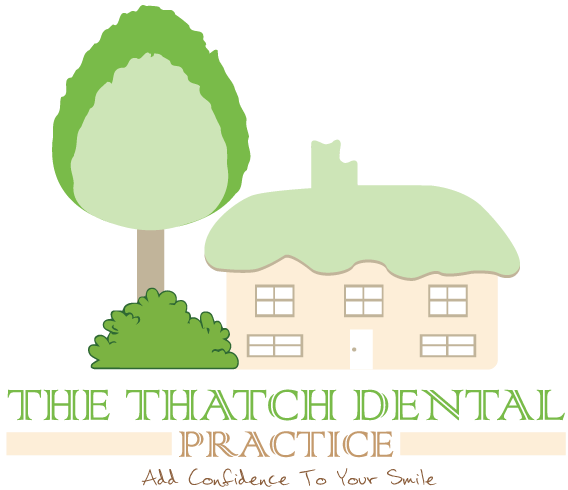
Problem: It’s Not Always One-and-Done with Invisalign
You’ve spent months in plastic clear aligners. You followed the schedule. You did not skip trays. You even left them in for 22 hours a day (er, most days). So when that last tray clicks into place, what do you expect? Done. But the mirror says otherwise.
Perhaps your teeth aren’t as straight as you had hoped. Some obdurate ones are still out of line. Your bite feels a little off. You’re not making this up — this happens a lot more than it should. Enter Invisalign refinement.
Refinements are a normal part of many Invisalign recovery plans, but you’d be hard-pressed to find a conversation that brings it up ex-ante. That’s a problem. For when people hear “refinement,” they think “there’s been some kind of mistake.” The fact is, refinement is part of what makes Invisalign the flexible and effective treatment that it is — you just need to know how it works, and what to expect from it.
Agitate: Why This Feels Frustrating, and What’s at Stake
Let’s call it what it is: Getting to the “end” of your treatment only to be told it’s not really the end can feel like a punch to the gut. Here’s what makes it worse:
- Expectations of Time and Expectations of Being Blown Out
The average Invisalign treatment plan is 12 to 18 months long, but can be extended several additional months when refinements are required. A recent study published in the American Journal of Orthodontics and Dentofacial Orthopedics found that almost 70% of people treated with Invisalign needed at least one round of refinement, and 20% required two or more. That’s not failure. It’s what Invisalign uses to finetune complex movements.
But if you were holding out hope you’d be done by your cousin’s wedding or your job interview? All that refinement can be a buzzkill.
- Extra Costs Can Creep In
Although the total treatment cost from many Invisalign providers will have refinements factored in, not all of them will. If you’re using a provider that chargers separately, you could be facing $300 to $£5,700 more, depending on how many more aligners you require.
In a clinical Invisalign provider report, one case of a 33-year-old male patient was treated with 14 months of initial treatment followed by a 5-month refinement. The patient had only budgeted for the first treatment, shocked by the extra cost of the refinement stage.
- You Start to Wonder — Did I Mess Something Up?
It’s easy to blame yourself. “Maybe I didn’t wear them enough,” or “I should’ve pushed my trays in more.” And though compliance is important, it’s not always the problem.
Some teeth are just more stubborn movers. Cylindrical teeth which rotate, such as canines or deep bites, for example, generally have to undergo several treatments. A peer-reviewed case study published in the Journal of Clinical Orthodontics demonstrated that cases with deep overbites or crowding over 5 mm have an 80%+ refinement rate.
Solution: How You Could Finish Strong Invisalign Refinement
So what really is this thing called Invisalign refinement? It’s not a reset. It’s a targeted continuation. You’ve brought your teeth within sight of the finish line. Now it is about nailing down those end moves.
Let’s break it down:
So What is Invisalign Adjustents – Refinement?
- Re-scanning Your Teeth
Your orthodontist or dentist will take a new 3D scan of your teeth. Additionally, this updated photo helps you see the progress of your tooth positions in comparison to what was planned originally. The new scan serves as a platform for a new set of aligners.
- Updated Treatment Plan
You’ll receive a new set of trays — maybe 5, maybe 20+, depending on the level of adjusting that needs to be done. This plan aims to address the steps that are lagging.
In others, attachments (the teeny tooth-colored buttons) may be filed down, added, or taken off for optimal traction.
- Treatment duration: Shorter or Similar duration of treatment
At that point “refinement” — which can take two to six months, though it varies — begins, based on user data and additional scans. In a multicenter retrospective study involving 150 Invisalign cases, refinement time was 4.2 months on average, and there were notable gains in rotation and alignment precision.
Example From a Real Case: Minor Gaps, Huge Results.
Take “Patient A,” a 28-year-old female with mild upper front tooth spacing. Her starting plan was 20 aligners over 10 months. When all trays were finished she continued to have small spaces and minimal overjet. Her provider sent a spot scan.
Refinement Aligners: New Trays 8
Refinement Time: 2.5 months
Results: The spaces were completely closed and the bite was corrected.
Treatment Length: 12.5 months
The patient had no new attachments, and the provider used the same ones. It felt easier, she said, in stage two, because she was familiar with the routine by then.
Common Reasons for Refinement
Here’s why your orthodontist may suggest a refinement:
Teeth didn’t track (didn’t move at all as predicted by trays)
Stubborn rotations or tilts
Improper bite closure
Relapse during treatment gaps
Cosmetic details from patient perspective
And yes — what you like counts here as well. Speak up if you don’t like how things look by the end. And, after all, refinement is not just for clinical correction; it’s also about patient satisfaction.
What You Can Do to Reduce the Refinement
You cannot always help refinement, but you can fight it by being consistent:
Wear aligners for 20 to 22 hours each day.
Chewies to help aligners seat properly
Document your progress and tell me where it fits problematically from the start
Do not skip aligners or try to hurry transitions
Show up and check in so that you can make any mid-course corrections.
The sooner issues are addressed, the fewer aligners you’ll need later.
Will I Now and Forever Need a Refinement?
No — but statistically, it’s more likely to be fair than not.
A breakdown from a 2022 review of 1,000 Invisalign patients at an orthodontic clinic found:
Type of Case | Refinement Rate |
Mild crowding (<3mm) | 42% |
Moderate crowding (3–5mm) | 64% |
Severe crowding (>5mm) | 81% |
Bite correction needed | 77% |
Cosmetic-only cases | 35% |
These numbers can help adjust your expectations: Refinement isn’t failure; it’s part of the process.
Cost: Is Refinement Covered?
Here’s the thing — you may or may not have to pay more for refinement, and it depends on:
Your provider’s policy
“Complex” in the event your action is a complex action
After the number of aligners in your plan
Some do what is called “Comprehensive” Invisalign which give you unlimited refinements for a certain amount of time (usually 5 years). Others have “Lite” or “Express” versions, which may limit you to 1 or 2 refinements.
Before treatment begins, ask:
Are refinements included?
If not, how expensive are they?
How many Sittings will I need according to case?
How to Prepare for Refinement, Mentally
Invisalign is not a sprint- it’s treatment for stability. Polishing is one of the finishing touches when it comes to doing a job just right. You’d not stop after the first coat of paint on a wall. You wouldn’t finish a haircut halfway through. And you should think of refinement the same way.
Here’s a better attitude: You’re not redoing your treatment — you’re upgrading the outcome.
And if you need motivation, consider this: Would you rather be “almost right” than wear a few more trays and be exactly where you want to be?
Final Thoughts: Consider Invisalign Refinement as the Cherry on Top
Adjustments do not equal treatment failure. What they are saying is your provider is ensuring you get what you paid for—and the smile you dreamed about when you began.
If you’re coming up on the end of your aligners and things seem a little less-than-perfect, have no fear. Talk to your provider. Ask for a new scan. Review your goals.
Because, you know, sometimes that last set of trays? They’re the ones who make all the difference.
Quick Recap | Answer |
Are most of us in need of improvement? | Yes, around 70% of cases. |
Is it included in the price? | Sometimes — ask your provider. |
How long does a refinement take? | 2 to 6 months on average. |
Can I avoid it? | Not iron clad, but good compliance pays off. |
Want to know how to prepare for a touch of refinement or decide if it’s right for you? | Communicate with your provider early — and if you aren’t getting clear answers, consider seeing a specialist in complex Invisalign cases. |
Your teeth are 90 percent of the way home. | Do not say yes before they are 100%. |







